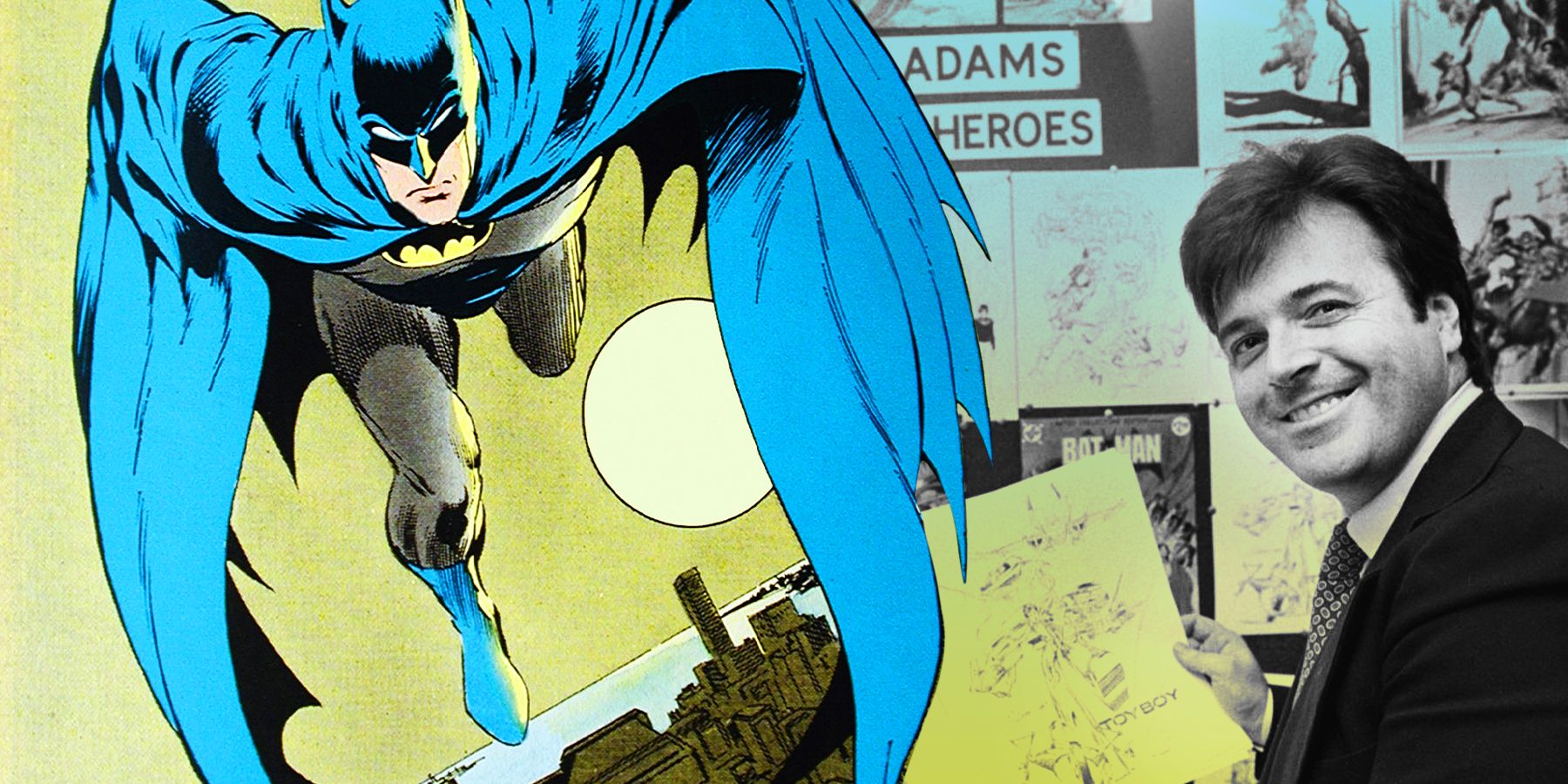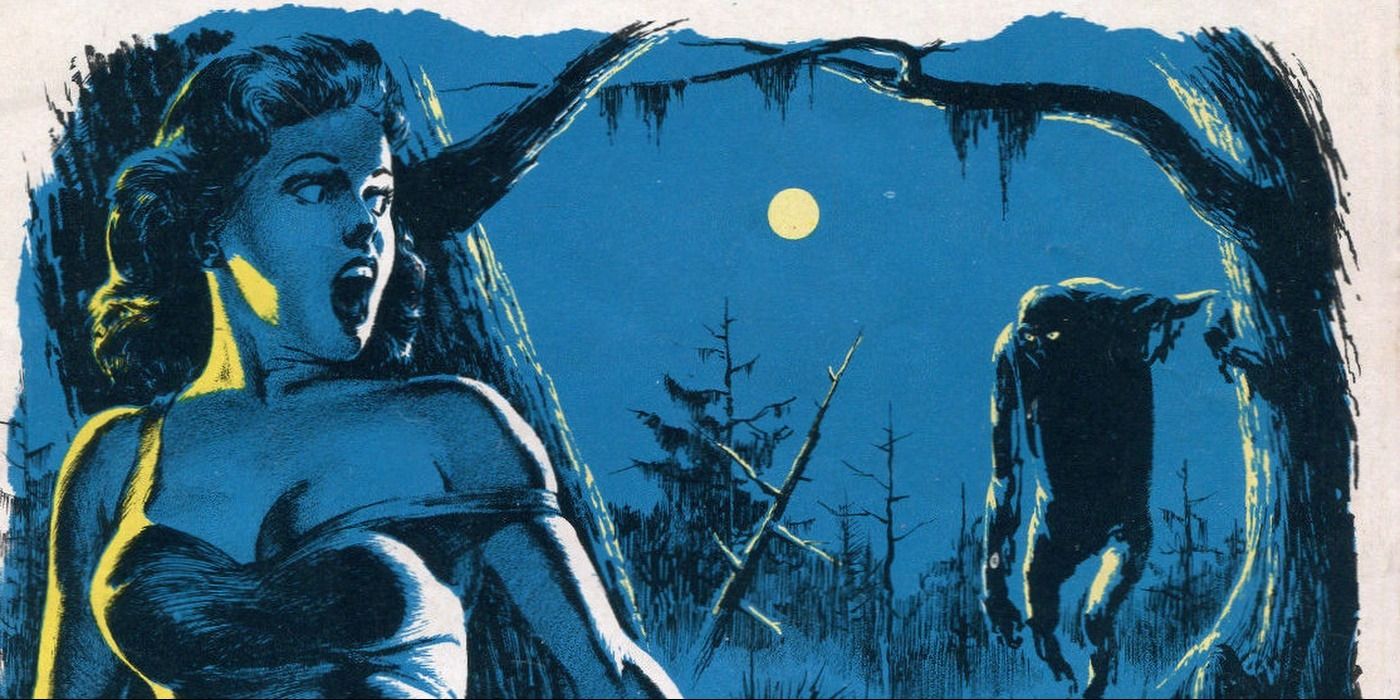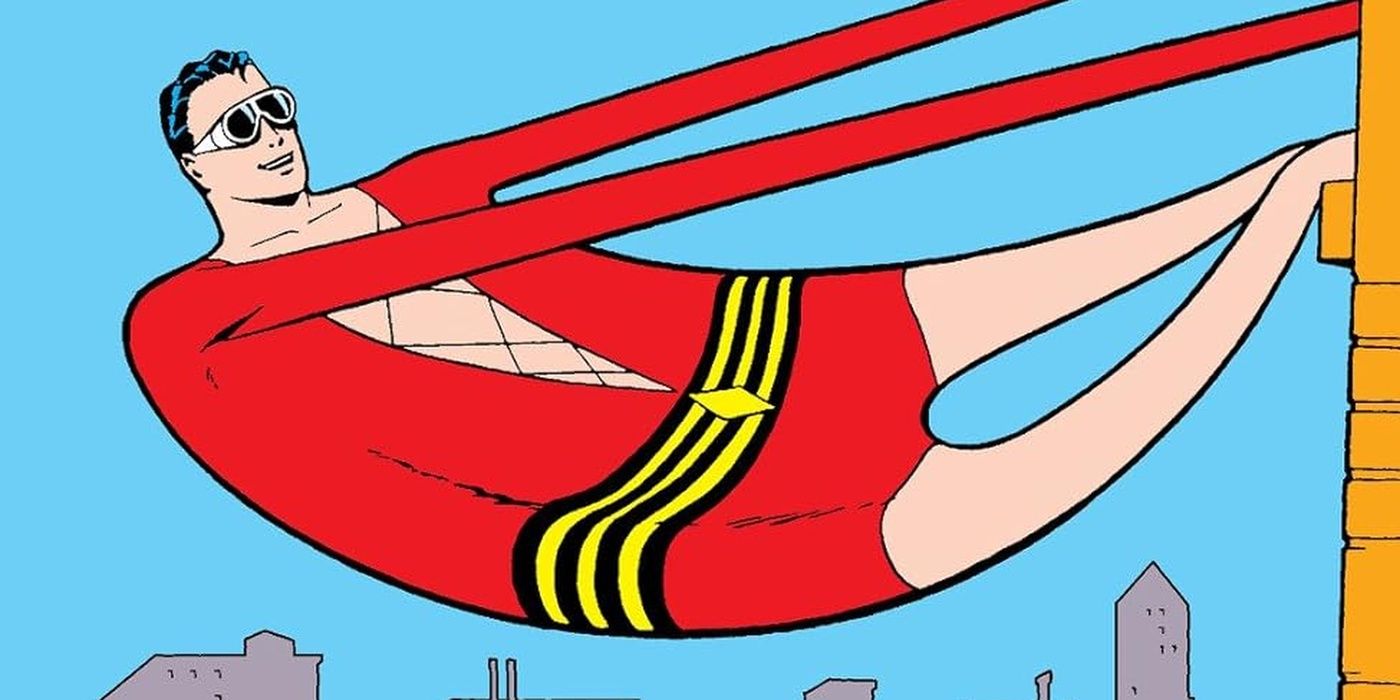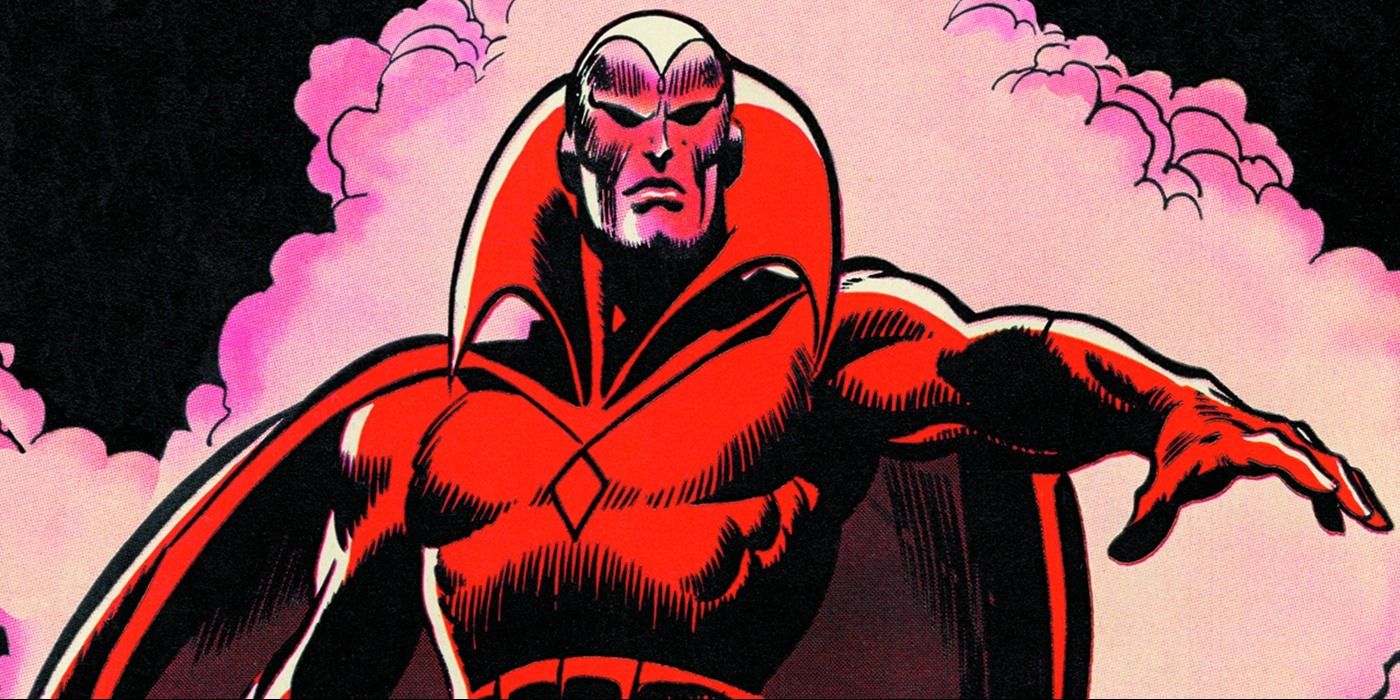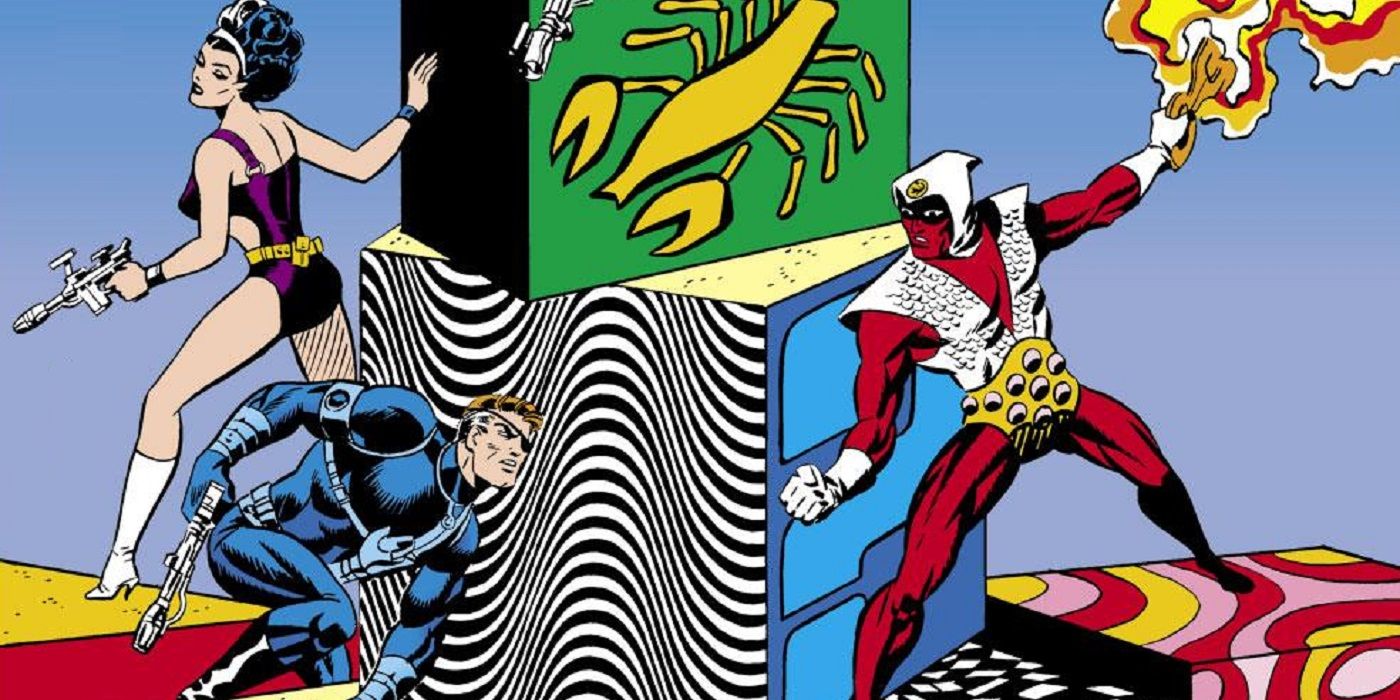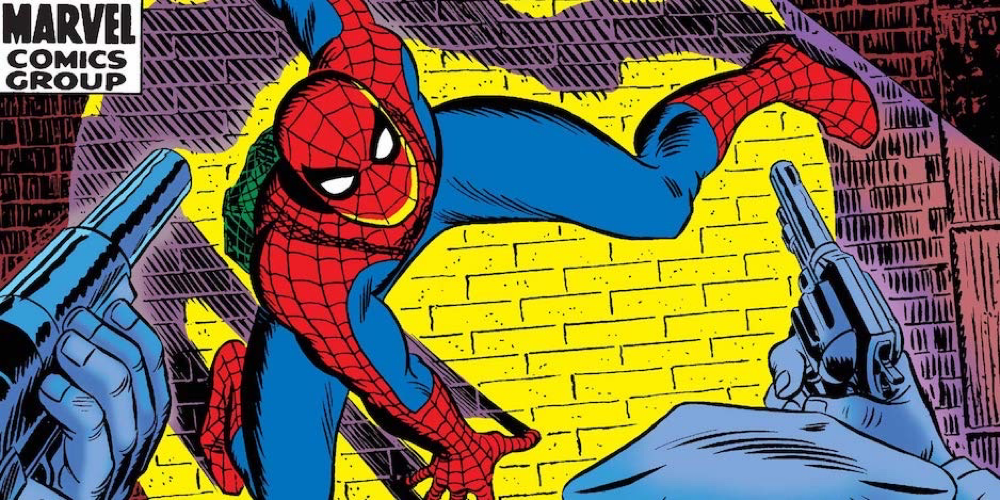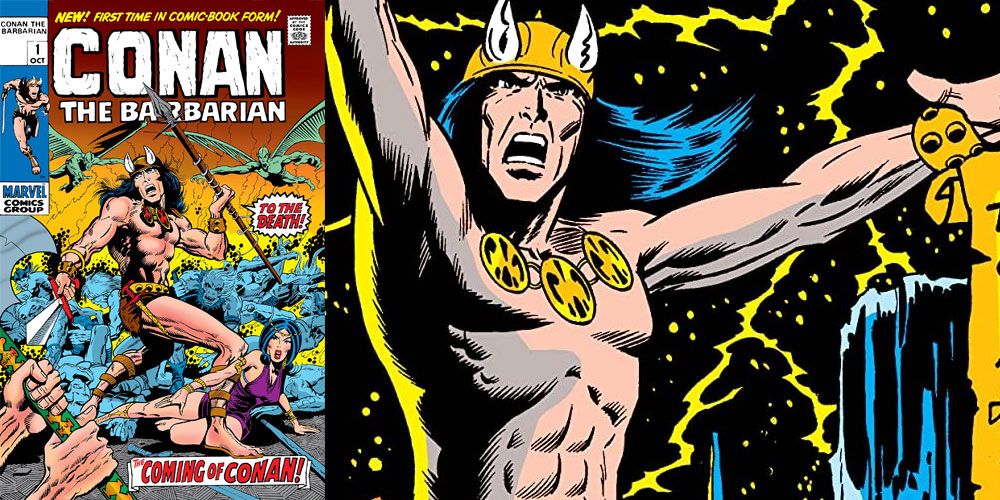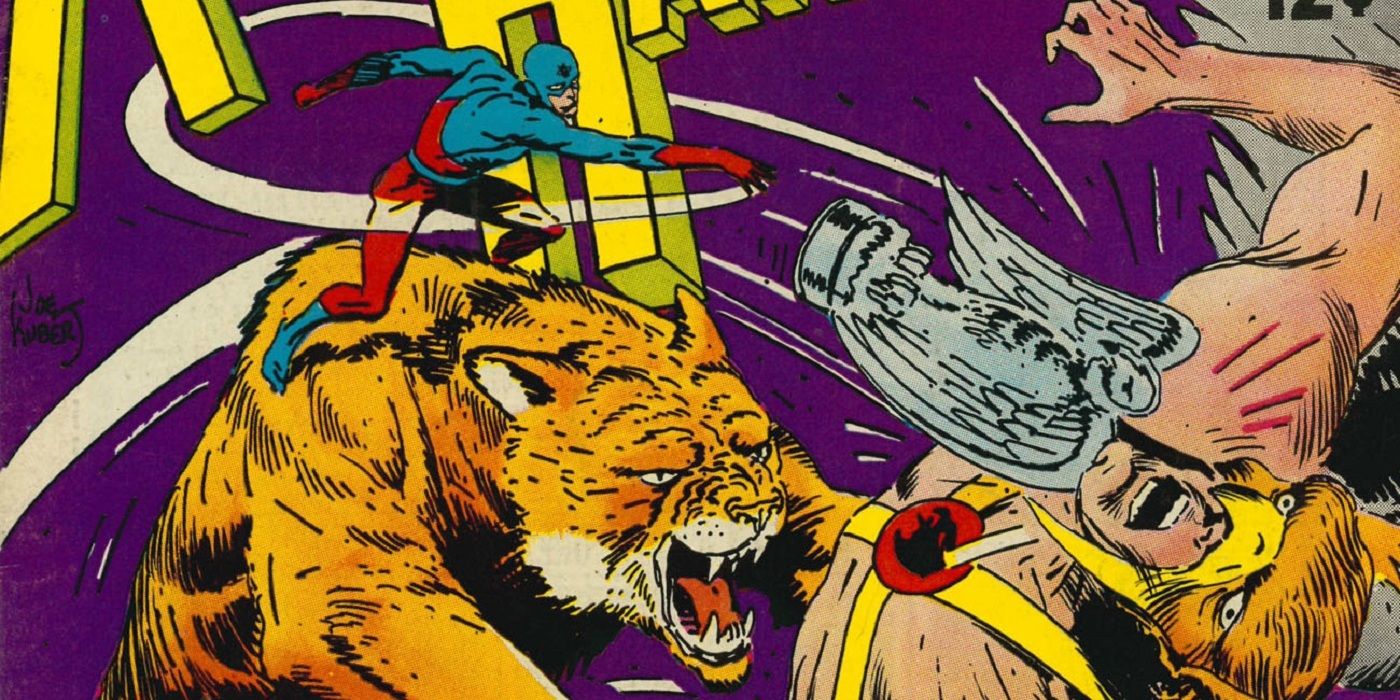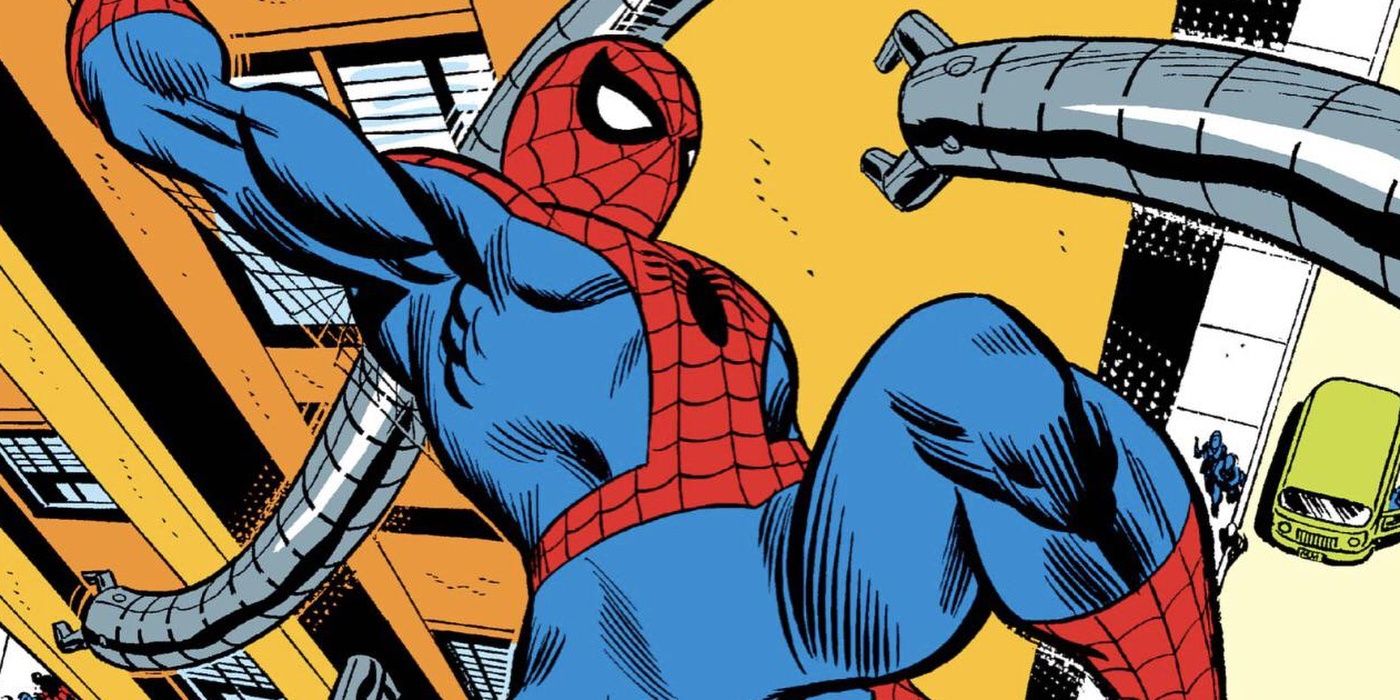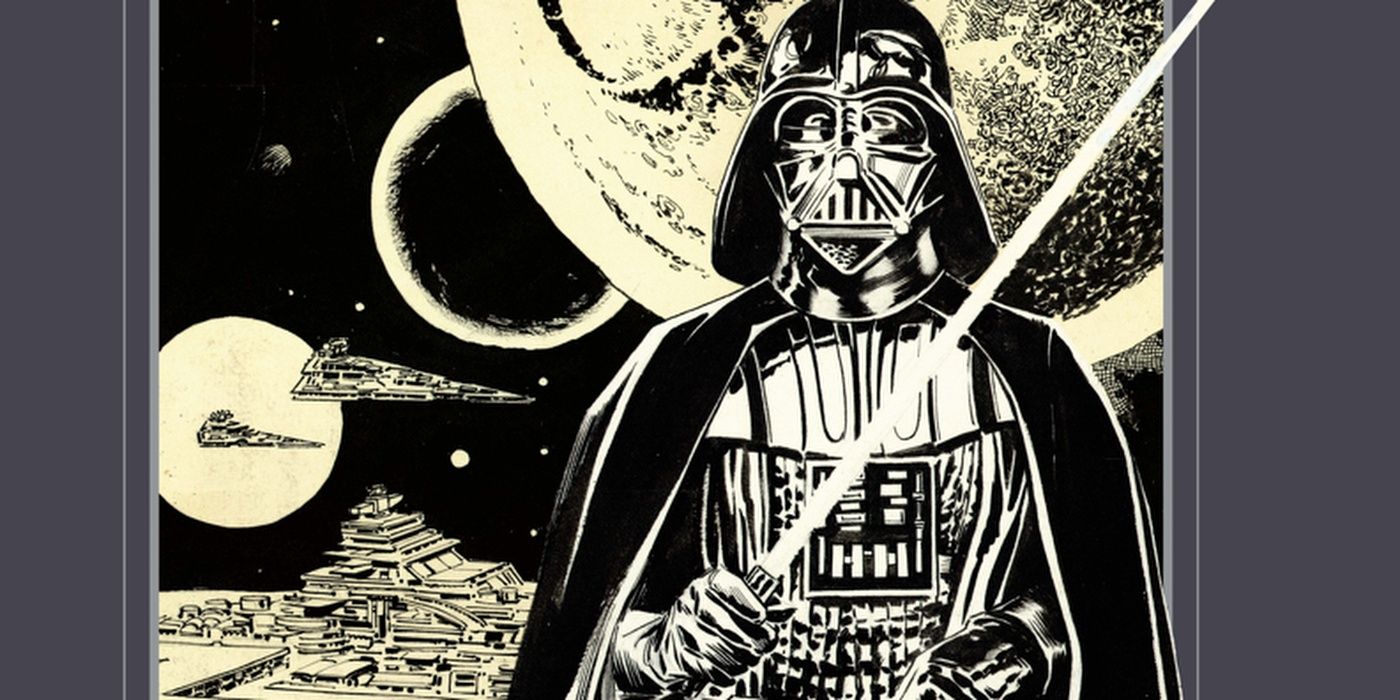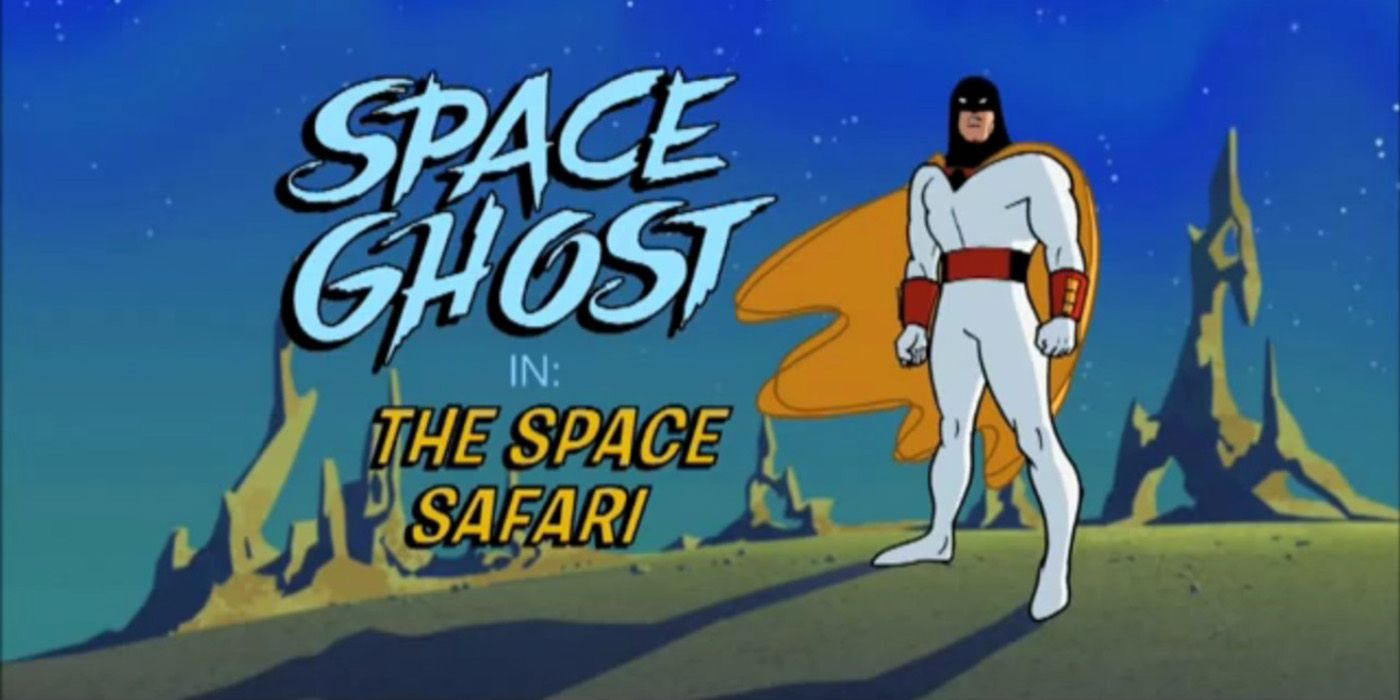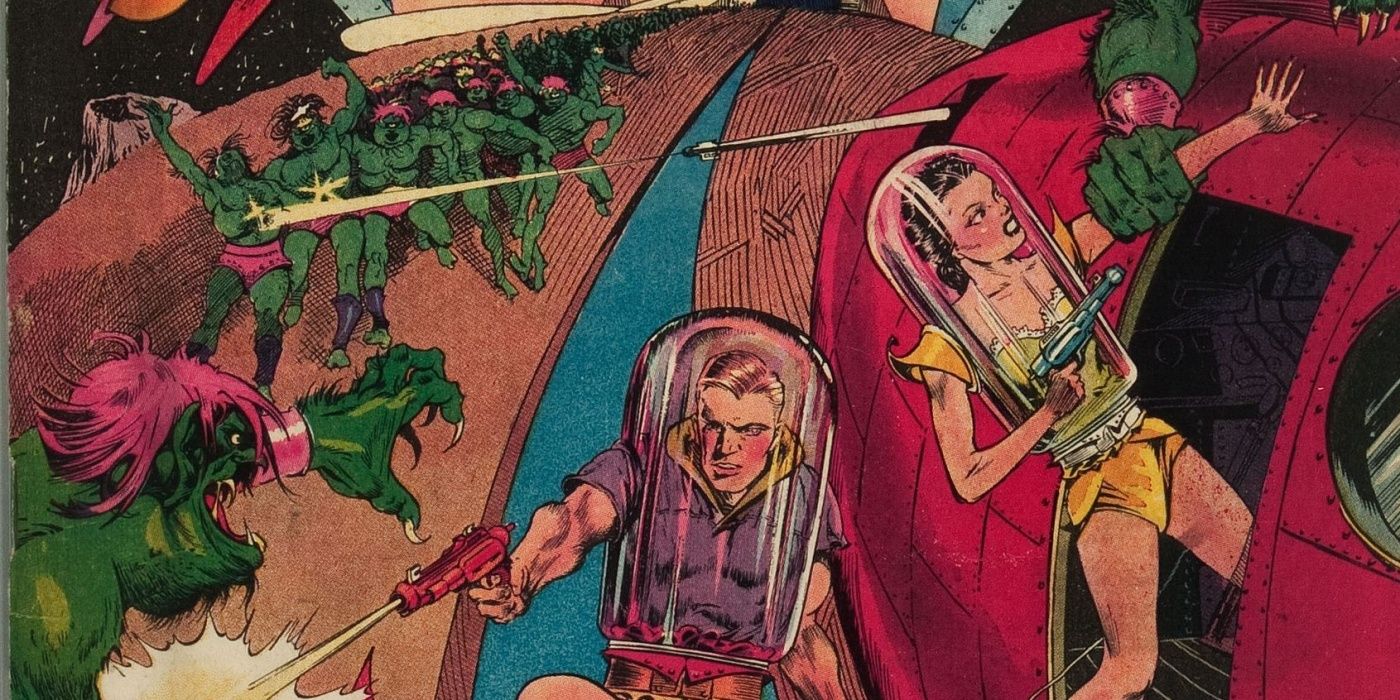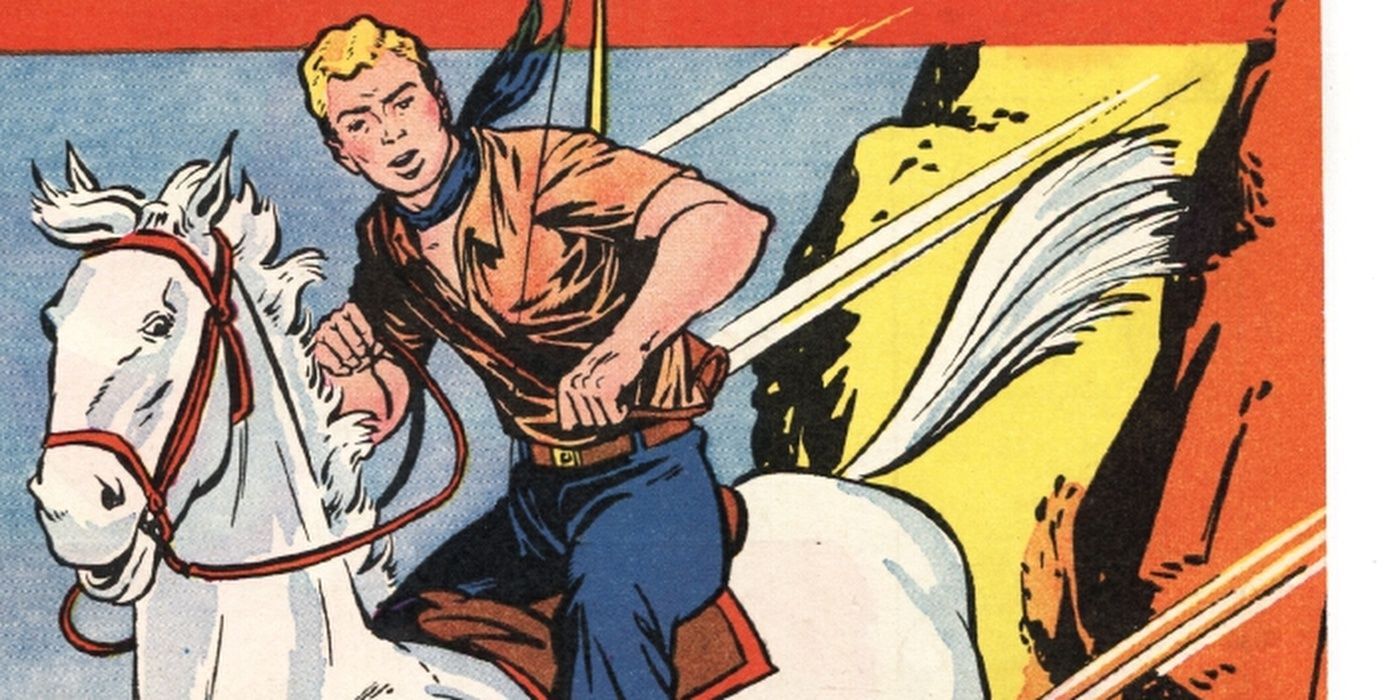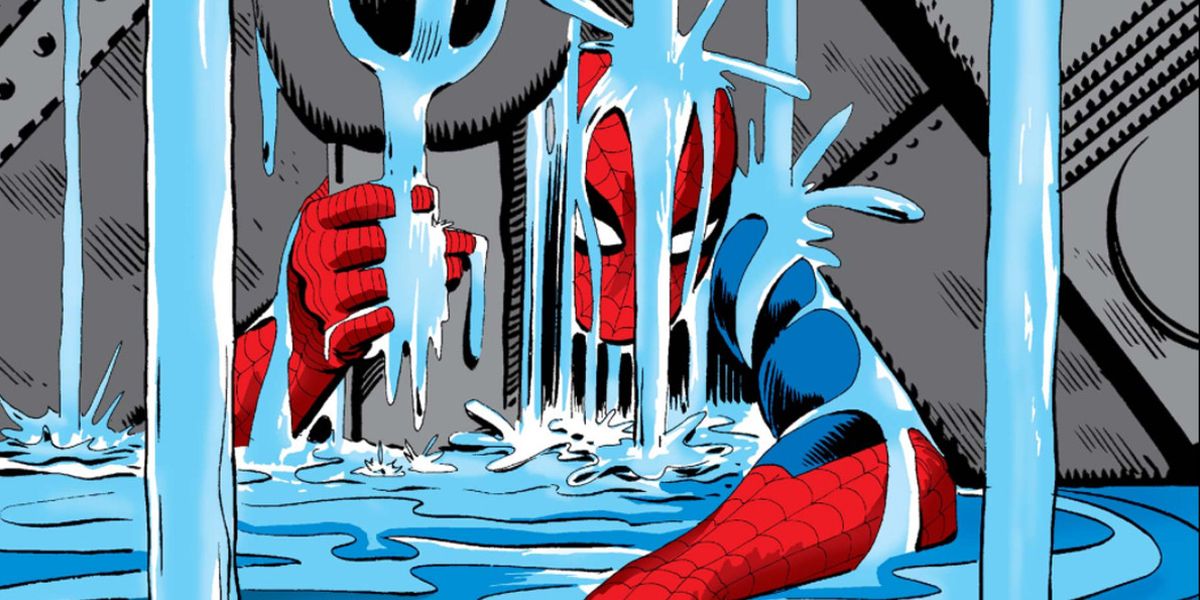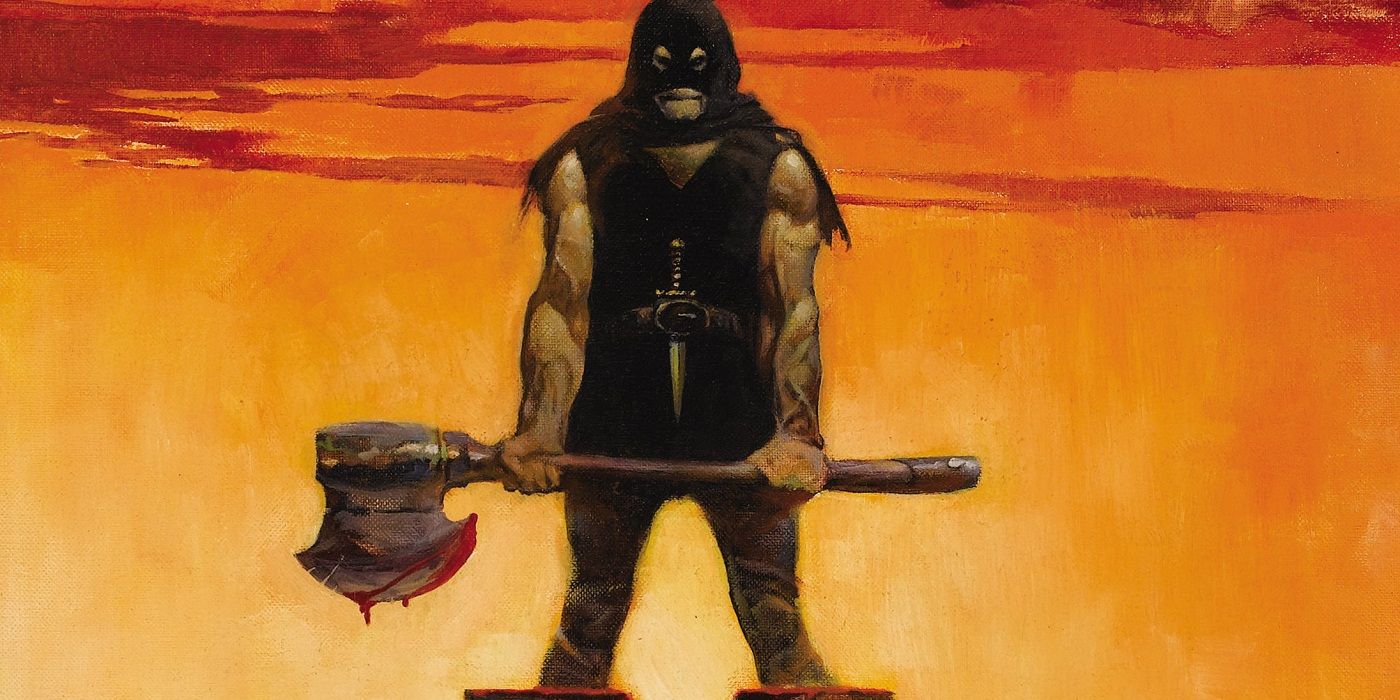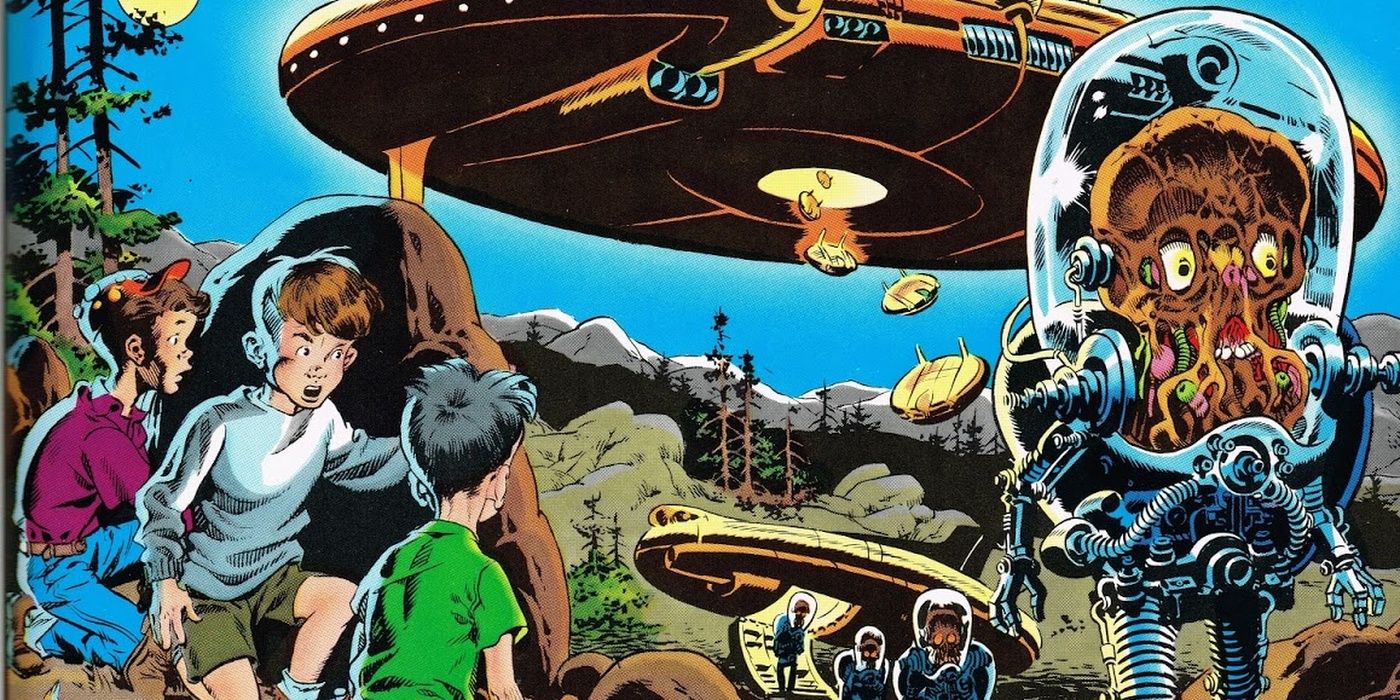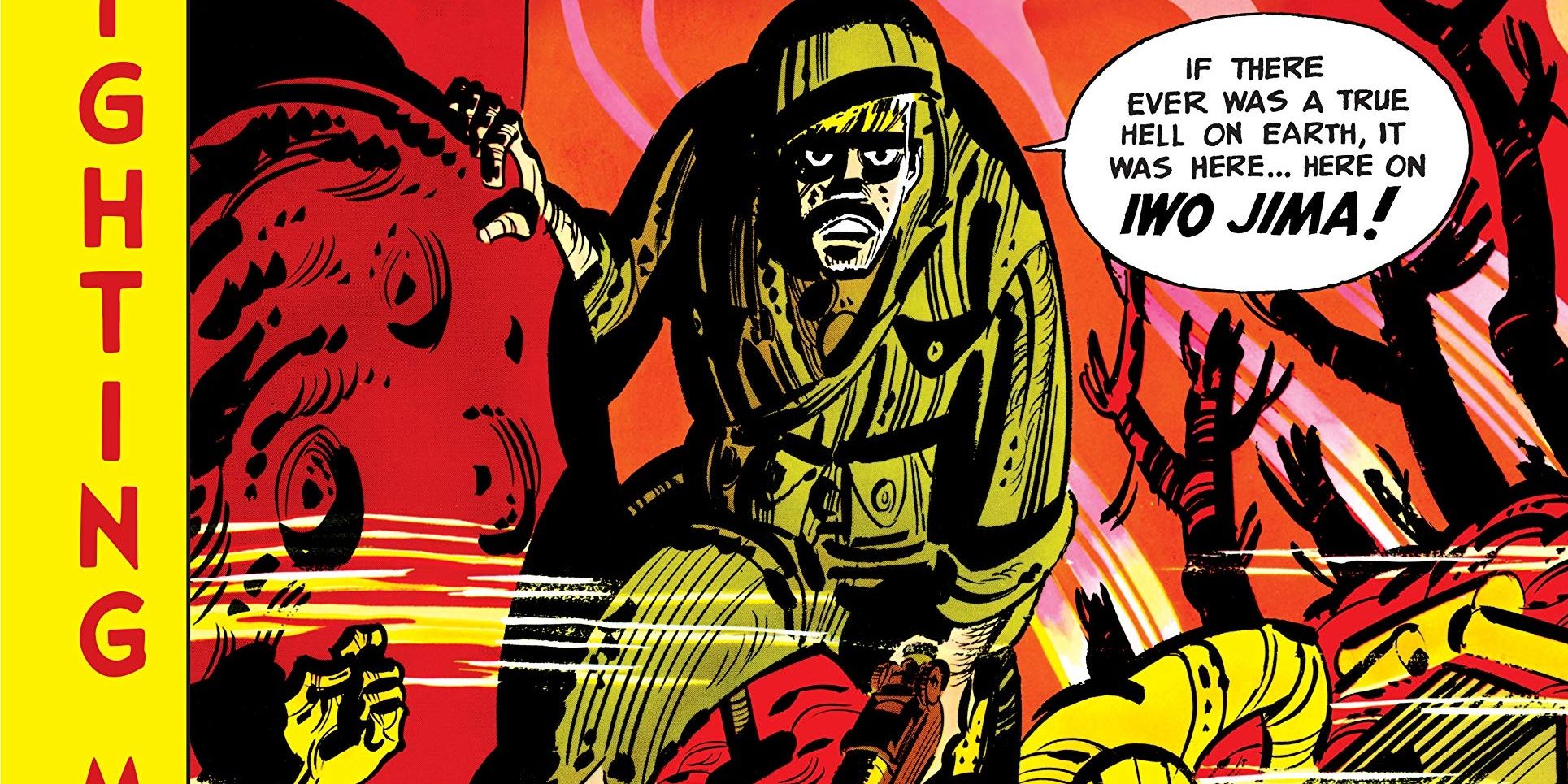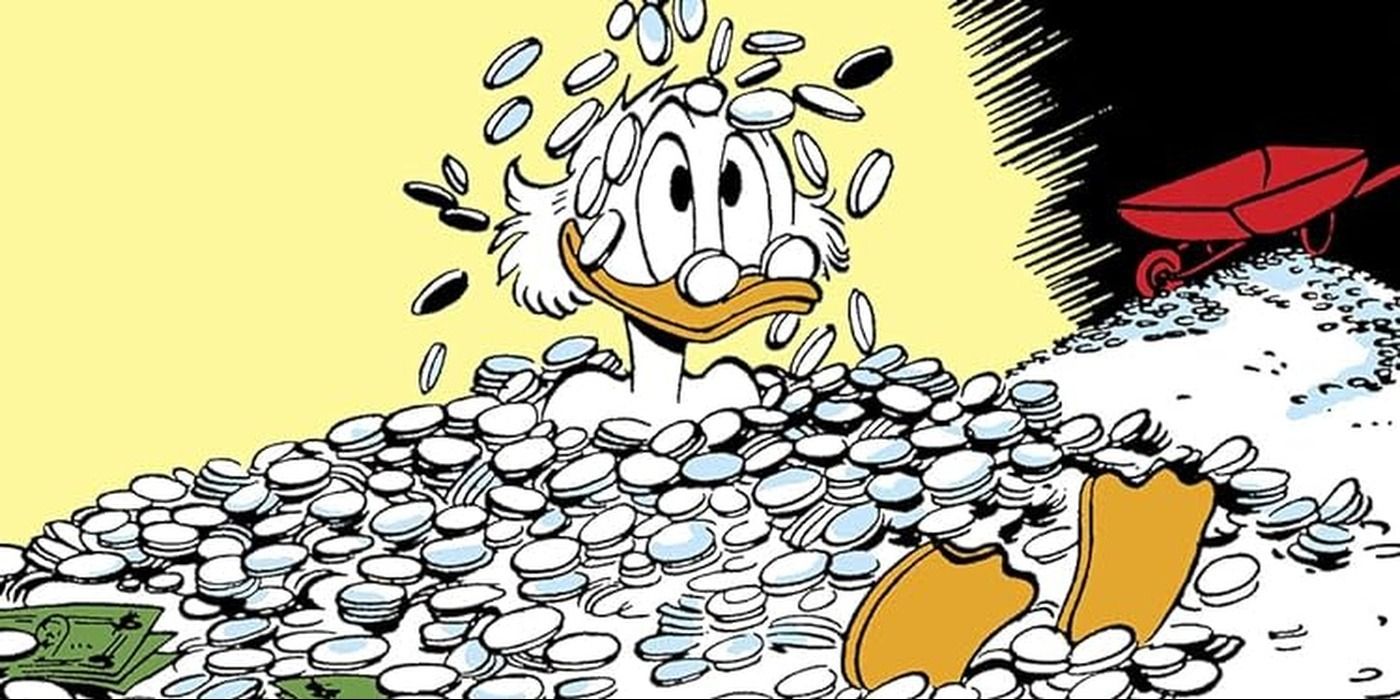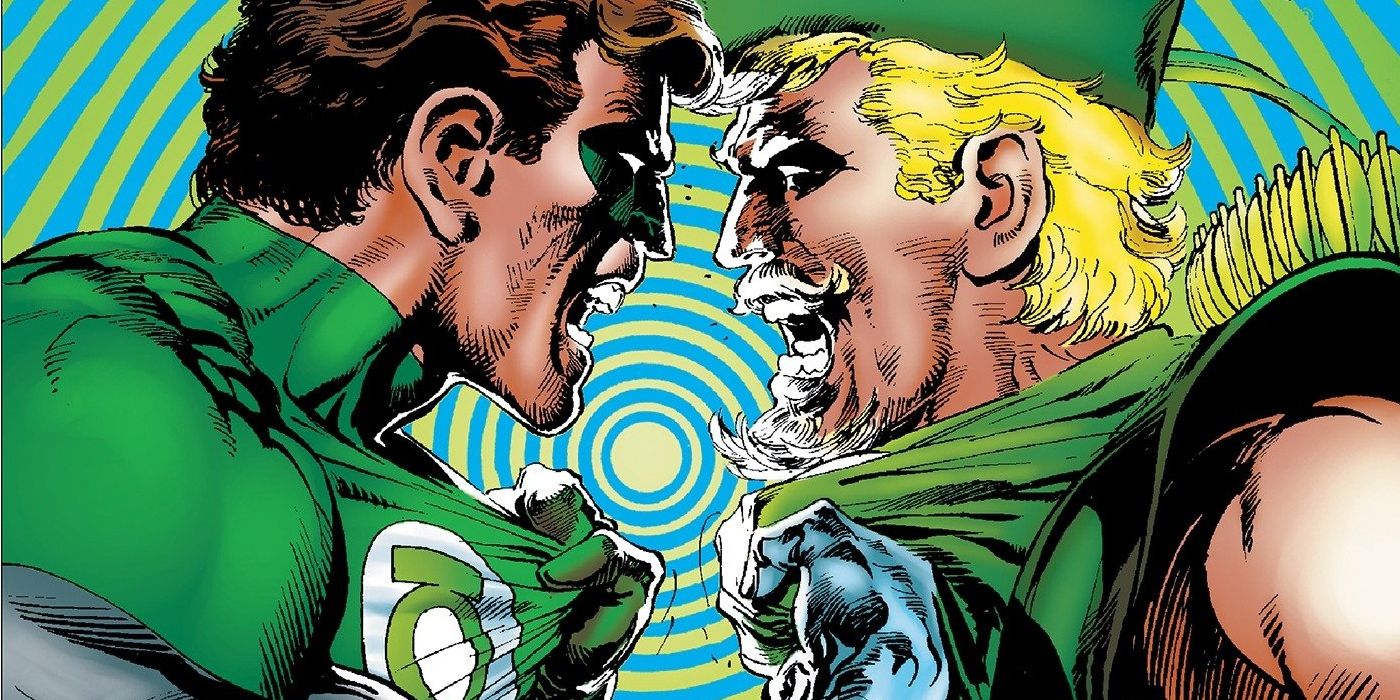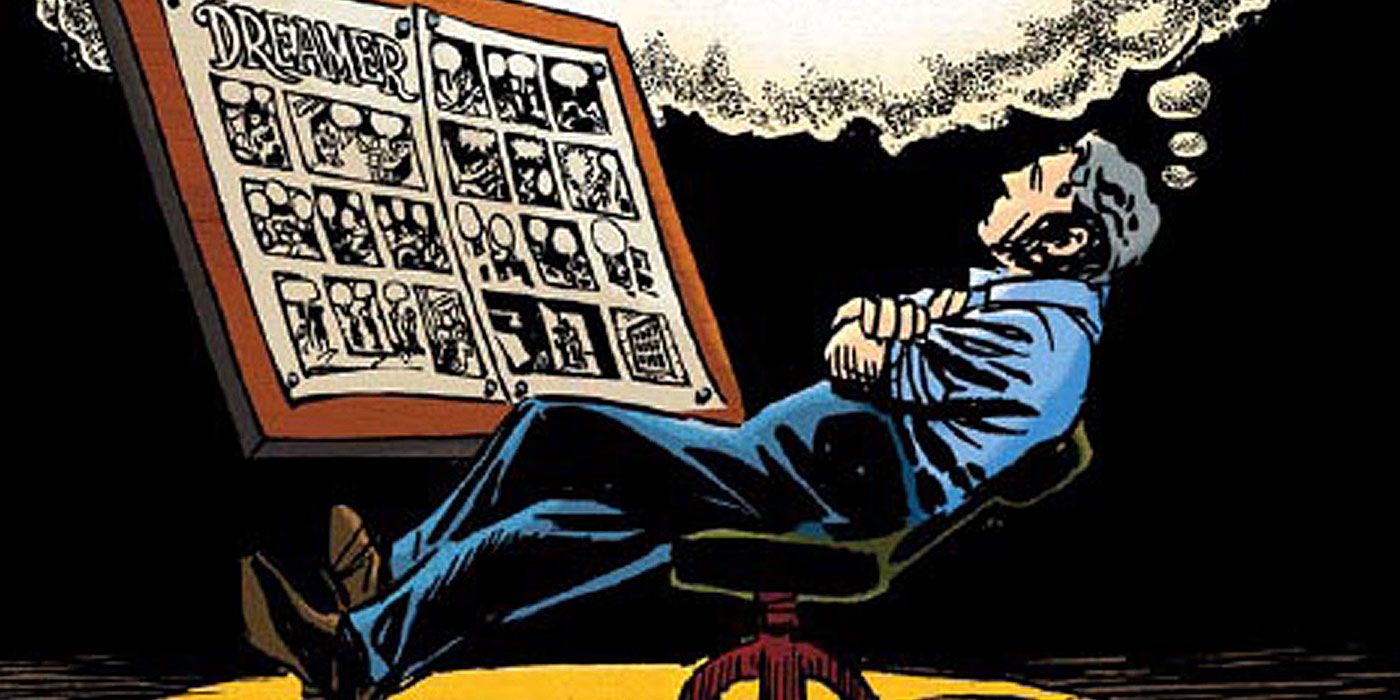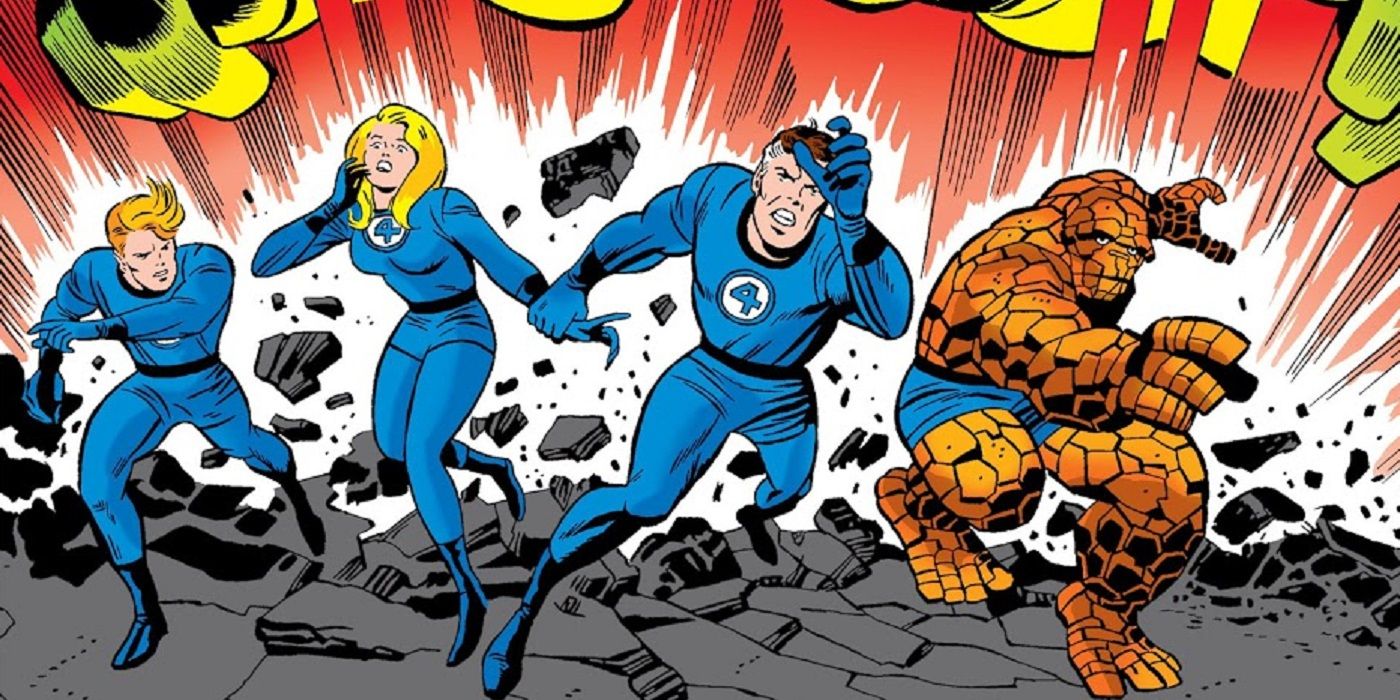When it comes to comic books, many praise them for the characters or the writing. However, every now and then, there comes a time where the artist gets more of the praise. Comics don't write or illustrate themselves, and there is often a lack of gratitude when it comes to the artist behind the pages.
Although it isn't brought up all the time, the legendary scope of these comic artists has influenced generations of comic readers. Today's comic book illustrator always has a technique that's an emulation of previous creators. From Joe Kubert to Steve Ditko, the greatest artists in the comic book industry quickly made their talent known.
Updated on September 14, 2023 by Kieran Loughlin: This article has been updated to include even more of Atlas Comics' Best Comic Book artists, as well as to meet with CBR's current formatting standards.
20 Reed Crandall
Praised for his panel composition, visual style and inks, Reed Crandall was a prolific comic book artist from the 1940s to the 1970s. He started out illustrating Golden Age superheroes such as Doll Man, the Ray, and Blackhawk for Quality Comics.
It's remarkable how many genres Crandall's body of work spanned. He drew horror and sci-fi for EC Comics as well as crime, war, and adventure comics for Warren Publishing. He even illustrated Flash Gordon comics in the 1960s. Reed Crandall was inducted into the Will Eisner Comic Book Hall of Fame in 2009, cementing his significant contribution to the comic book world.
19 Jack Cole
Jack Cole is best well known for creating the superhero Plastic Man in the Golden Age. Cole's Plastic Man started life in a backup story for Quality's Police Comics #1, and the superhero was successful enough to become the title's lead feature. Cole enjoyed plenty of freedom to experiment with his Plastic Man stories by leaning into Plastic Man's quirky power set.
Following his stint on Plastic Man, Jack Cole became the premier cartoon illustrator for Playboy. He also created a daily newspaper comic strip about a suburban family titled Betsy and Me. Cole was posthumously inducted into the Jack Kirby Hall of Fame in 1991 and the Will Eisner Award Hall of Fame in 1999.
18 John Buscema
Classic Marvel artist John Buscema brought a vibrant style to his comics, which encompassed superheroes, westerns, romance, and fantasy. Buscema had extended stints on multiple Marvel series, including Thor, The Avengers, and Fantastic Four.
John Buscema co-created a staggering amount of characters over the course of his career, such as Vision, Dane Whitman's Black Knight, and Valkyrie. John Buscema also notably drew the Silver Surfer's first solo series, giving the Sentinel of the Spaceways a whole new lease on life. He left his artistic touch throughout the Marvel universe, illustrating at least one issue of nearly every title.
17 Jim Steranko
Jim Steranko made an enormous wave with his Marvel art during the Silver Age. Nick Fury: Agent of S.H.I.E.L.D. is a great example of Steranko's artwork, breaking new ground with its psychedelic visuals and experimental page layouts.
Jim Steranko also had some short runs on other Marvel series, including Captain America and X-Men. His logo for the X-Men was an iconic design which Marvel used on their covers for decades.
16 John Romita Sr.
Comics fans are mostly to recognize John Romita Sr. for his phenomenal artwork on Amazing Spider-Man. His run on the Wall-Crawler with writer Stan Lee is an undisputed classic, introducing characters like the Shocker, Mary Jane Watson, and Kingpin.
Within John Romita Sr.’s first year as a Spider-Man artist, the series became Marvel’s best-selling series. Romita Sr. also made an invaluable contribution to the wider Marvel universe, co-creating Wolverine, Luke Cage, and Punisher. He sadly passed away in 2023, though he leaves behind an incredible legacy in the comics industry.
15 Barry Windsor-Smith
British artist Barry Windsor-Smith is often overlooked despite his immense talent. The main reason is that he never stuck around long enough on one title to be noticed. Nevertheless, there are plenty of fans who recognized his skills.
Barry Windsor-Smith is mostly famous for his early 1970s run on Marvel's Conan The Barbarian title. He's also the writer and artist on the 12-chapter "Weapon X" storyline in 1990's Marvel Comics Presents, which redefined Wolverine's origins. In 2021, he released a 366-page graphic novel for Fantagraphics titled Monsters.
14 Joe Kubert
Early Golden Age artists weren't known for their real-life portrayal of the human form. It took the talents of people like Joe Kubert to make them work harder. That's because he made his characters seem more lifelike.
It began in the 1940s with stories that revolved around that era's Vigilante and the Justice Society of America. The character Joe Kubert worked with the most was the Golden Age Hawkman. He'd continue to work the Silver Age version of the hero. This is also the era where he began illustrating the adventures of Sgt. Rock and Easy Company in the pages of Our Army at War.
13 Gil Kane
Gil Kane could draw anything. He did westerns, war stories, science fiction, and romance. He even drew pets, as seen in DC Comics' Adventures of Rex the Wonder Dog.
However, it was Gil Kane's work in the Silver Age that really made readers sit up and notice. His work with form and human anatomy gave characters like Green Lantern, Atom, and the Teen Titans a three-dimensional feel. With Marvel's Spider-Man, he restored the flexibility and power artist Steve Ditko displayed on his initial run.
12 Al Williamson
Al Williamson began his comic book career in 1951, on the cusp of the Silver Age. He stuck to westerns and war stories at the start, then received recognition for his art in the EC horror anthologies Eerie and Creepy.
However, what fans really know Al Williamson for is his comic strip portrayal of the first Star Wars trilogy. Particularly the retelling of A New Hope and Empire Strikes Back. He would delve into the superhero world starting in the 1980s with work on Superman, Daredevil, and Marvel's New Universe titles.
11 Alex Toth
The Hungarian-born Alex Toth was more than a comic book artist. Yes, he drew Green Lantern and the Justice Society of America in DC's Golden Age. He was also the co-creator of Rex the Wonder Dog. However, it's his work in animation that people might remember him for.
Alex Toth was the designer of the iconic Space Ghost, a mainstay of Saturday morning cartoons in the late 1960s. He also helped produce Birdman, the Herculoids, and Dino Boy. In 1973, Toth was also tasked to design the first season of Super Friends.
10 Lou Fine
One of the most influential comic book artists of all time is Lou Fine. Incredibly prominent during the Golden Age of comic books, he's considered one of the greatest draftsmen. This comes from contemporaries like Joe Shuster and Will Eisner. In fact, Fine drew Eisner's Spirit for several years in the 1940s.
Although Lou Fine died at the age of 56 in 1971, his work on characters like Doll Man and Uncle Sam (heroes that DC Comics would eventually purchase) has influenced many comic artists that followed his tenure. All thanks to his gorgeous artwork and exciting layouts that helped shake readers with enjoyment.
9 Bernard Krigstein
Bernard Krigstein is an incredibly unique artist who is not only a comic creator but also a top-notch illustrator. Known for his amazing work on Master Race, his art style was nothing short of impactful in many genres.
Bernard Krigstein's sketchier art style allowed him to stand out from other creators. He often experimented with panel layouts to create movie-like sequences. It eventually led to him being one of the most cinematic illustrators of the Gold and Silver Ages.
8 Steve Ditko
Steve Ditko is one of the most incredible surreal comic artists. Although his artwork seems to be fairly straightforward, a critical eye reveals that his style had clear emotional beats to it.
This is most notable in Steve Ditko's Spider-Man work where he was co-creator with Stan Lee. Giving Spider-Man a lankier appearance than other superheroes at the time, Ditko would adjust panels and characters' expressions to achieve true emotion.
7 Frank Frazetta
Although Frank Frazetta is more known for his painted works, he is also a master when it comes to black and white illustrations. Although it was only for a brief time, Frazetta's comic work has a legacy of itself.
In the 1940s and 50s, Frank Frazetta worked on numerous genres from westerns to science fiction epics. He even helped Harvey Kurtzman and Will Elder on their Little Annie Fannie comics for Playboy. His legacy continues to live on through his paintings.
6 Wally Wood
Comic artist Wally Wood became one of the most versatile creators in the industry. His works within the science fiction world were nothing short of masterful. He took this skill into the world of superheroes during the Silver Age.
Always meticulous with any form of detail, Wally Wood is known for his use of black and white tones. These made truly atmospheric and powerful images come to life. Tragically, the world lost him after he ended his life in 1981.
5 Harvey Kurtzman
Harvey Kurtzman is best known for being the creator of Mad Magazine. However, outside of his works on satire and parody, he is an absolutely fantastic comic book artist.
When it came to his artistic style, Harvey Kurtzman often leaned towards deceptive simplicity, where everything broke down to the absolute essentials. As a result, he maintained a comprehensive storytelling style. Kurtzman's works even influenced comic greats like Robert Crumb.
4 Carl Barks
Best known for his work in Disney comic books, Carl Barks is the quintessential artist when it comes to Donald Duck's family. His most important contribution is Scrooge McDuck.
Although his style looks unquestionably Disney, Carl Barks' contributions to stories and overall storytelling are something amazing. He influenced future comics, films, and the naming of an asteroid.
3 Neal Adams
Neal Adams' art style can be defined with one word: realistic. Oftentimes, comic art has a cartoony or caricature-like feel. However, when Adams entered the industry, his style form changed the way artists approached comics.
In turn, Neal Adams' comics and covers of the late Silver and Early Bronze ages have influenced the current art styles. His characters' facial features and expressions of emotion were something comic readers hadn't seen. His shading helped develop almost three-dimensional images. On top of this, Adams is also a top-notch storyteller.
2 Will Eisner
Will Eisner is one of the biggest pioneers in the comics, and for good reason. Creator of amazing works like The Spirit and Contract With God, Eisner is often cited as not only a great artist but an absolutely incredible storyteller.
Will Eisner did things that shifted the layout of the sequential form. He experimented with the panels so they seemed to be windows of an apartment building. Or he used the title as a storytelling device. All of this only barely scratches the volume of his work. It's the reason why Eisner awards exist.
1 Jack Kirby
Jack Kirby is often cited as the King of Comics, an honor that is well deserved. As a self-taught creator, his imagination is often unprecedented. Kirby created and co-created many classic characters, especially at Marvel and DC.
Throughout his decades-long run, Jack Kirby influenced future generations of artists and readers thanks to his impressive use of power. His energy and movement, combined with his amazing storytelling, continues to be legendary even in the 21st century.

